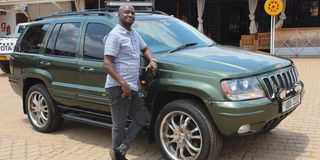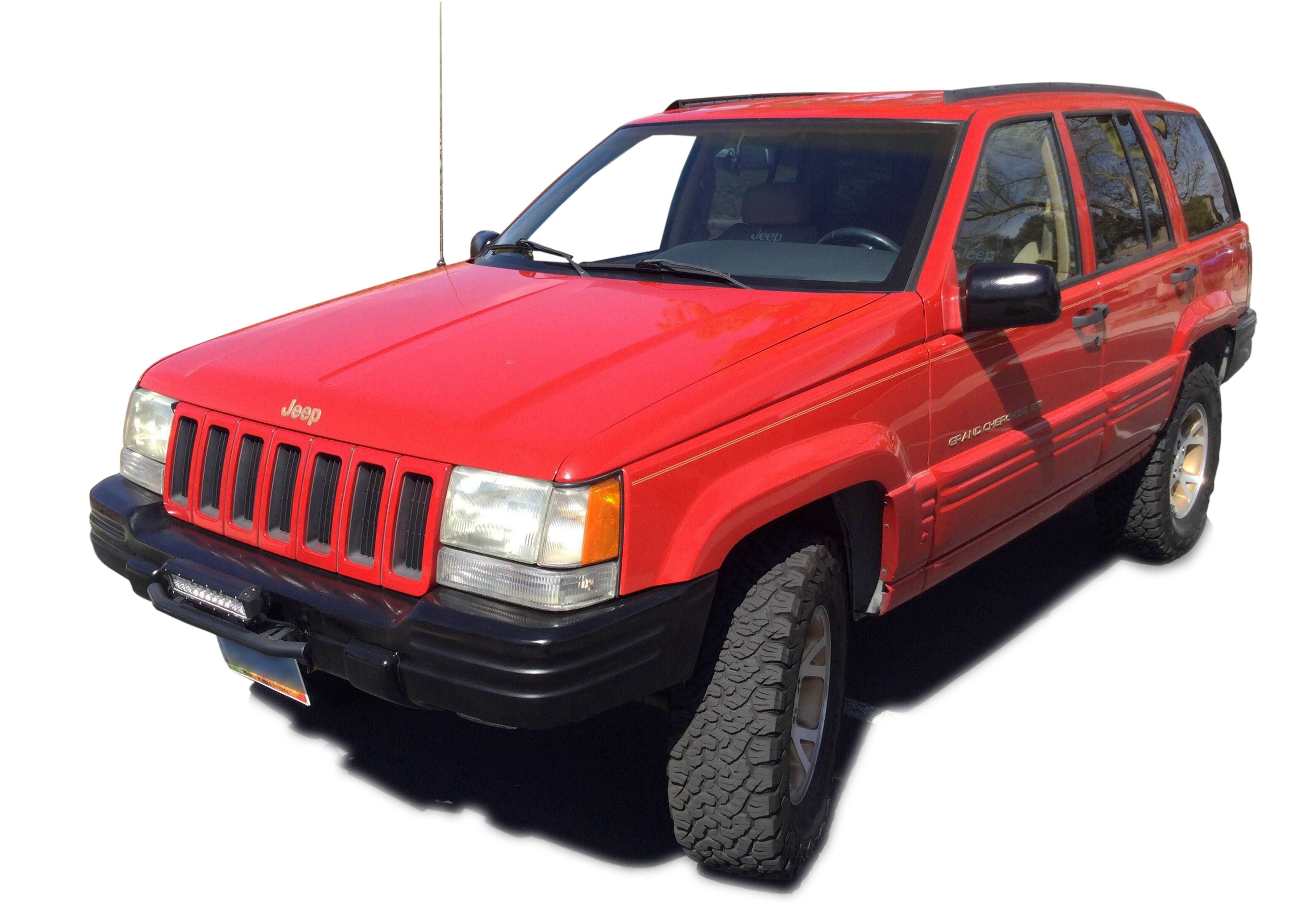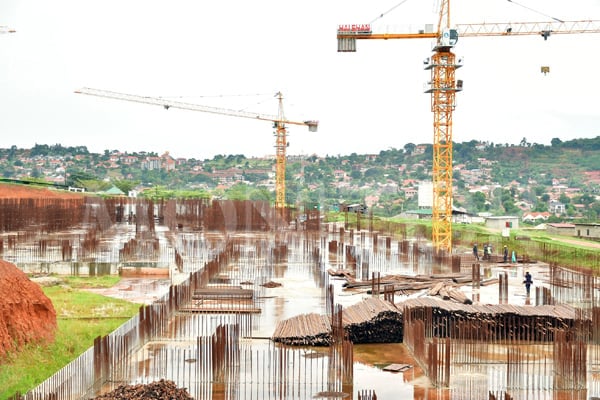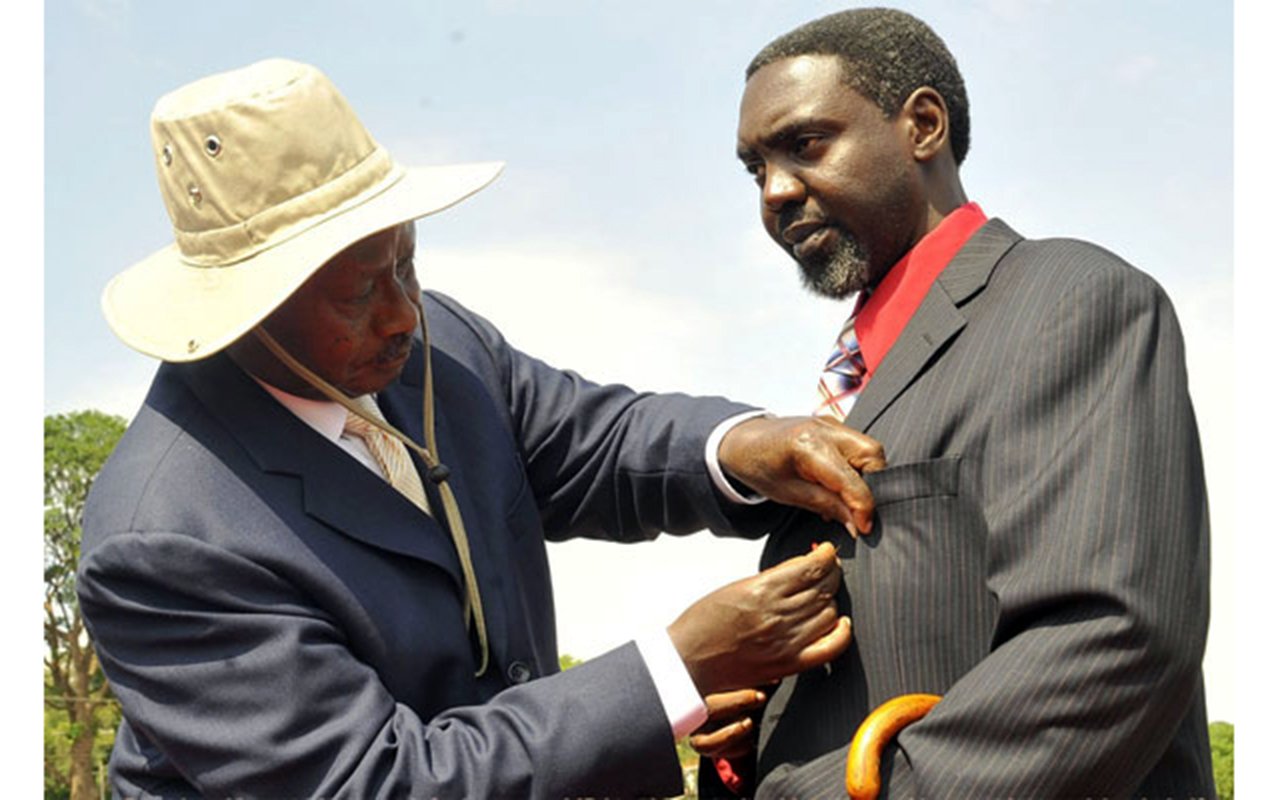Prime
‘My Jeep is an all-terrain car’

For urban drives, a litre of fuel covers five to six kilometres while on the highway, a litre covers approximately eight kilometres. PHOTO/Roland D. Nasasira
What you need to know:
Dickson Banturaki says his Jeep’s suspension system is so strong that it can be driven anywhere, no matter the terrain.
Dickson Banturaki describes his 2004 green Jeep Grand Cherokee as an all-terrain sport utility vehicle. His love for Jeeps is evident, as this is the third Grand Cherokee he has owned. Some of the features that endeared Banturaki to the American brand are durability, comfort and the all-leather interior, with a small polished and shiny wood trim on the dashboard. When well maintained, he says, his car does not easily break down. It is an all-terrain car.
Running on a 4000cc petrol engine, Banturaki says the Jeep’s engine size matches its performance. Engineered with a maximum speed of 220km/hr, if it were not for speed and traffic regulations, he says it has the engine power to drive from Kampala to Gulu in three hours.
“I nicknamed my Jeep the ‘Godfather of all cars’ because it is a durable car. Its body is all metallic except the bumper that is plastic. The suspension system is so strong that it can be driven anywhere, no matter the terrain. However, this depends on the rims you use. I use rim size 20 with low profile tyres when I am driving on the highway with no intention of going off-road. If I am to drive off-road, I use a different size of rims I pair with big profile tyres that are able to navigate any terraine,” Banturaki explains.
Engine oil
Running on a four-speed automatic engine, Banturaki uses Castrol engine oil that normally takes him for 8,000km to 10,000km before the need to change it. If he does not travel frequently, he services the car twice a year. But after long distance driving to Kenya or Tanzania, he services the car thrice a year.
For minor service to replace brake pads, fuel filters, air cleaners and spark plugs, he spends approximately Shs800,000. For major service that involves replacing worn out parts, zed links and stabiliser bars or any other parts as recommended by the mechanic, the cost increases to Shs1.5m.
“Maintenance depends on what is to be replaced, but it is usually not as expensive as many people think. You have to have the discipline to service the car on time and replace any parts that show signs of wear and tear. For example, the last time I replaced the shock absorbers that cost Shs1.5m for two pairs was in 2021 and they are still functional. It also depends on where you buy the spare parts from,” he says.
Cost of spare parts
One day in 2020 after parking his car on a street in Kampala City centre to run different errands, upon return, Banturaki’s Jeep failed to start. A computer diagnosis showed that the car’s computer system was faulty. After making inquiries on how much he would spend on a new computer system, Banturaki was given an invoice of Shs4.5m. When he ordered for the same in Dubai, it cost him Shs2m.
“The downside of the Jeep Cherokee is that the spares are expensive. There are those that cannot be sourced from Uganda such as the water pump, computer system and ignition coils. If you do get them, the price is usually double than if you were to import from Dubai. I have since sourced and bought spares from Dubai and it takes approximately two weeks or less to be shipped into the country,” Banturaki says.
When it comes to service of parts such as spark plugs, air cleaner and oil filters and a few other parts, these are done at Spear Motors. The most expensive serviceable spare parts he has replaced that wore out as he drove to Gulu City in northern Uganda, early this year, was the fuel pump that cost Shs550,000 to replace. To maintain the Jeep in perfect roadworthy condition, Banturaki advises motorists to use genuine parts and taking their cars to a mechanic who understand the technology of American cars.
Consumption
The farthest Dickson Banturaki has driven the Jeep was to Mombasa City in Kenya, and Tanzania. For the trip to Mombasa, he spent Shs1.5m on fuel.




